Cate Blanchett plays a tiger in Julian Rosefeldt’s Euphoria
Cate Blanchett’s latest project is a dark take on ‘the predatory nature of capitalism’.
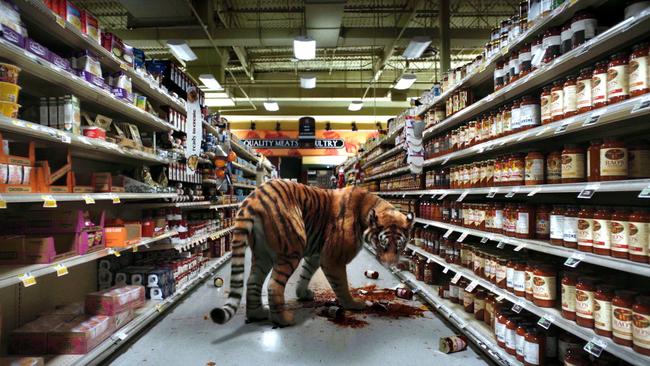
Cate Blanchett has undergone another of her actorly transformations, shapeshifting herself this time into the form of a tiger for a video installation called Euphoria. Blanchett’s big cat prowls the aisles of a deserted supermarket, past shelves of bottled fizzy drinks, packets of chips and jars of sauce.
This is the jungle of mass-market consumerism. Eyes blazing, and ears twitching, Blanchett’s tiger speaks a gruff monologue that catches some resonant phrases of social critique: “History repeats itself, first as tragedy, second as farce.” Then the tiger launches into song, a kind of Brechtian ballad with a sardonic edge: “Oh, we are so ci-vi-lised / We laugh with joy.”
The 10-minute scene is the climactic sequence in an almost two-hour installation that dramatises the costs and benefits of a free-market economy driven by consumption and exploitation. Blanchett says the tiger is a metaphor for the “predatory nature of capitalism” among whose by-products are extreme wealth disparity and inaction on climate change.
“I found the concept somehow closer to a documentary than I did some sort of fantasia,” she says. “I feel we are so close to living in the predatory horror that that particular scenario describes poetically.”
There’s quite a lot to take in with Rosefeldt’s Euphoria, a 24-channel video that opens on Friday at Melbourne Town Hall for this month’s Rising festival. Astonishing drone shots of Manhattan at night are cut with on-the-ground footage of a world out of balance. A taxi driver (played by Giancarlo Esposito, of Breaking Bad fame) ponders his place in a society where greed is good. A bank is suddenly occupied by magicians doing tricks with dollar notes, acrobats and a marching band.
The filmed sequences are accompanied by the sounds of a youth choir and the pulse-quickening beat of drums, alternately evoking euphoria and dread. Blanchett says the installation captures the onward rush of excitement of the world emerging from pandemic lockdowns, but also an accompanying unease about the society we are returning to.
“There is a strange, euphoric celebration of the fact that we have quote-unquote returned to normal,” she says. “But I think there’s a level of anxiety, because the supposed normal that we were operating under was so dysfunctional, and not serving so many millions of people.
“Where do you start with that level of dysfunction? Wealth disparity. Inaction on climate. It’s not because the person on the street is not concerned about it, or not willing to embark on it. It’s a failure of leadership. I think we’re in a leadership crisis.”
Blanchett and Rosefeldt met about a decade ago through their mutual friend, Thomas Ostermeier, artistic director at the Schaubuhne theatre in Berlin.
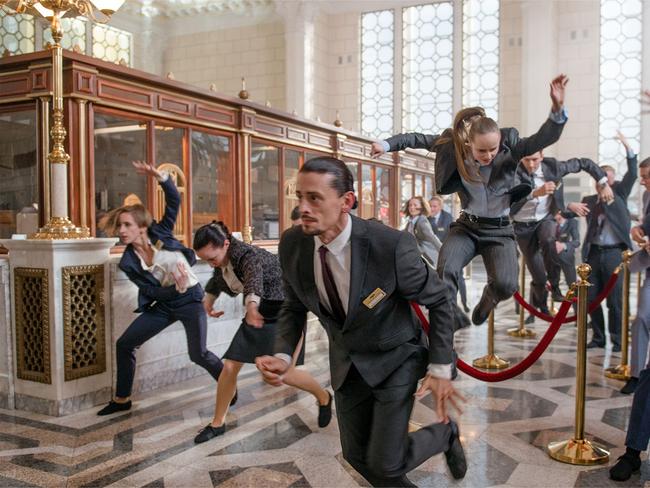
Their first project together was Manifesto, another video work in which Blanchett played all 13 characters, from a TV news presenter to a homeless man, a kohl-eyed punk, and an imperious choreographer of contemporary dance.
As with Euphoria, watching it can be like a game of catch-the-quote, as different manifestos were raided for their didactic, utopian and sometimes nonsensical language, from those of the Dada and Fluxus art movements, to the Communist Manifesto of Marx and Engels, and Lars von Trier’s Dogme 95 dictums for filmmakers.
“Manifesto is so top-heavy with language, to the point where language ceases to make any cognitive sense – yet it made rhythmic sense,” Blanchett says. “With (Euphoria), my first interface was through Samy Moussa’s score, which is just extraordinary – I’ve never heard anything like it. And Julian, in his very charming way, said, ‘All you need to do is prowl around … and could you please sing this piece of opera?
“I knew it was going to be extraordinary. Julian’s ideas are always verging on impossible to achieve.”
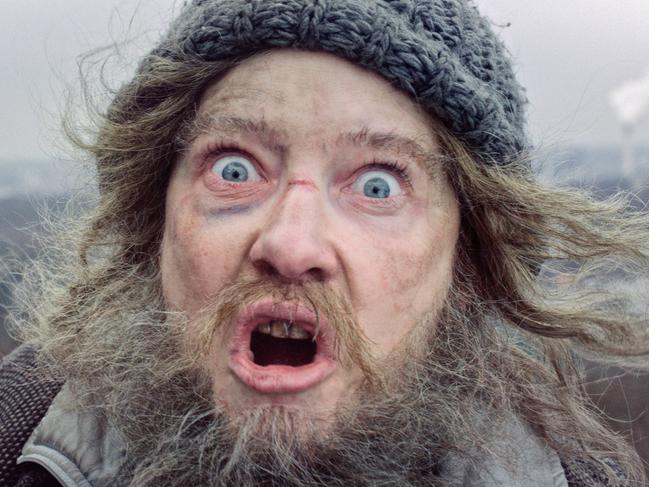
Euphoria was first presented in August last year at the Ruhrtriennale – the arts festival in Germany’s industrial Ruhr valley – and then at the Park Avenue Armory in New York. The walk-through installation has several components: a large central screen for the main narrative film, plus 18 screens for the 150 singers of the Brooklyn Youth Chorus, and five screens for five drummers.
The life-size screens for the singers were arrayed in a circle for the installation in Germany, but for the Rising festival – a co-commissioner of the piece – they will be presented in a square format to fit the dimensions of Melbourne Town Hall.
Parts of the film were shot in New York, Sofia and Kyiv, and Rosefeldt says not all were complete at the time of the German premiere.
“It got delayed because we shot in Kyiv until the Russian invasion started, or shortly before, and had to interrupt and reinvent the shooting, and that delayed the whole process,” he says.
“The Ruhr, which was one of the co-producing partners, said, ‘Even if you don’t finish it entirely, we want to show it’. I don’t think the audience noticed, but it wasn’t finished.”
Another part of the film that was not quite complete was the fur on Blanchett’s tiger.
The tiger was created with the actor using performance-capture technology, and then the animal’s teeth, fur and whiskers were added digitally.
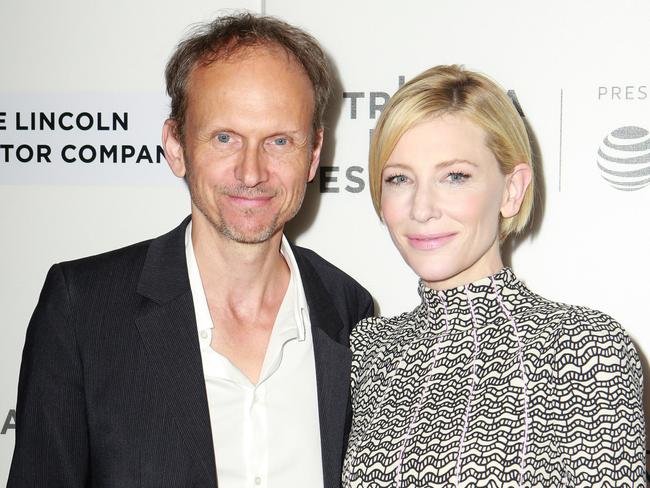
“I didn’t know what the tiger was going to look like – that was still evolving,” Blanchett says. “But on a practical level, I had been through the process of motion capture with Andy Serkis (as Gollum on the Lord of the Rings films), so I sort of knew the thrill of authoring a performance or a character in dialogue with animators.
“I really enjoyed that process – it’s quite liberating, because it takes place between you and something yet to be invented. But your voice and your movement is in concert with the technology.”
The soundtrack adds a terrific atmosphere. The music pulses like the rhythms of a vast metropolis, while the children’s choir adds an ethereal sense of mystery. The drumming sequences are exhilarating, performed by jazz drummers Terri Lyne Carrington, Peter Erskine, Antonio Sanchez, Eric Harland and Yissy Garcia.
“Samy Moussa, who composed most of the music, and (co-composer) Cassie Kinoshi have an incredible impact on the audience,” Rosefeldt says. “The choir and the drummers are an essential part of the work, the emotional aspect of the work … It’s kind of subconscious for the audience, although it’s super-present – you are surrounded by the choir.”
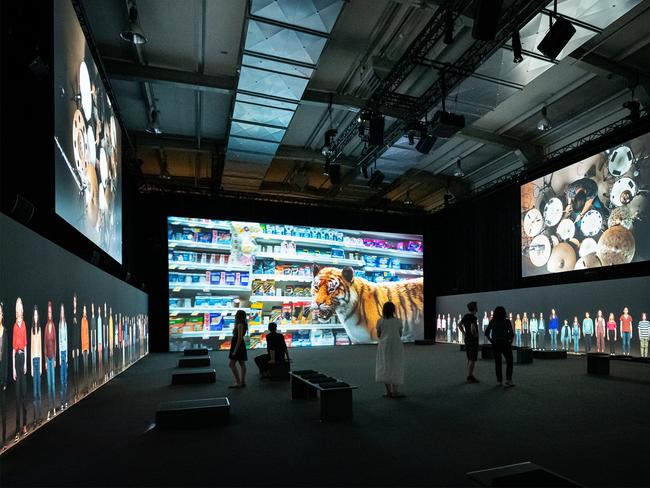
Rosefeldt has acknowledged that, even as his installation is critical of a rampant and unfettered capitalism, the financial system has also made his ambitious work possible.
It could come across as a polemic, but it is not closed to discussion. In a central scene, several teenagers assemble in what looks like an abandoned bus depot, and with a mixture of idealism and naivety grapple with some of the world’s big social and economic questions.
In a seemingly spontaneous conversation – but which, like the rest of the dialogue in Euphoria, is borrowed from the words of political economists, philosophers and poets – they let fly with ideas of egalitarianism, a universal wage, sustainable ecology and competition driven by the desire to do good, not merely to accumulate personal wealth.
One girl, quoting Edward Abbey, says: “Growth for the sake of growth is the ideology of the cancer cell.”
Rosefeldt, born in Munich in 1965, when Germany was divided by the Iron Curtain, says he has not made the film as an advertisement for communism, but to encourage a discussion about a better kind of economic system than the one we have.
“We take it for granted that we find it admirable to accumulate more and more, without really questioning what we are accumulating,” he says. “It’s all about quantity and not about quality. What we need, from a utopian perspective, is a paradigm shift where growth doesn’t mean accumulation of material and money, but accumulation of ideas, and thoughts.
“I agree with Cate, it needs governance, it needs regulation. I’m not talking about communism – that system clearly failed – but about a way of simply educating (people about) a system that is badly run and clearly out of control.”
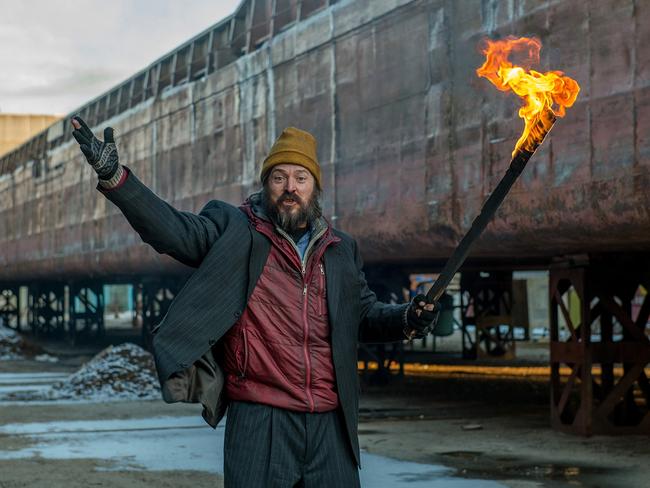
Perhaps appropriately, given the subject, the Rising season of Euphoria is not about price-gouging. Full-price tickets are $32, but there is also a pay-as-you-wish policy where patrons can “choose a price that aligns best with your financial situation”. Some free tickets are available on Fridays.
The piece runs for almost two hours, on a loop. Visitors are asked to arrive at the time on their ticket, but their experience of Euphoria may start at any point in the sequence, and they are welcome to stay until the Town Hall closes for the evening.
Blanchett, who had not yet seen the finished work at the time of this interview, says she expects the sophisticated interplay in the work of music, images, narrative and ideas will require close attention.
“When something is presented in what we perceive to be a linear form, you somehow expect yourself as an audience member to make linear sense of it, but I think the power of the work is that you can come in and out of it, and return to it over time,” she says.
“It’s a little bit like the predatory nature of capitalism – even though I think the systems that we are living through at the moment are far beyond that. We don’t even have a term for the -ism we’re living in at the moment. It’s too much to bite off in one piece.”
Euphoria is at Melbourne Town Hall, June 2-18, as part of the Rising festival.


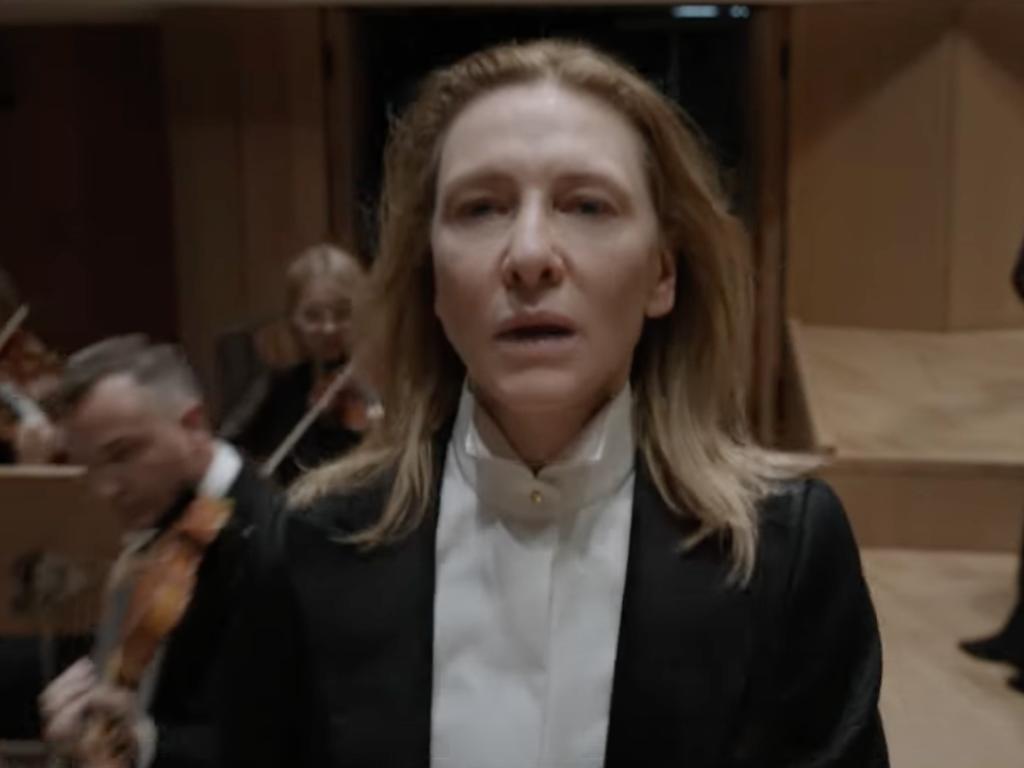
To join the conversation, please log in. Don't have an account? Register
Join the conversation, you are commenting as Logout